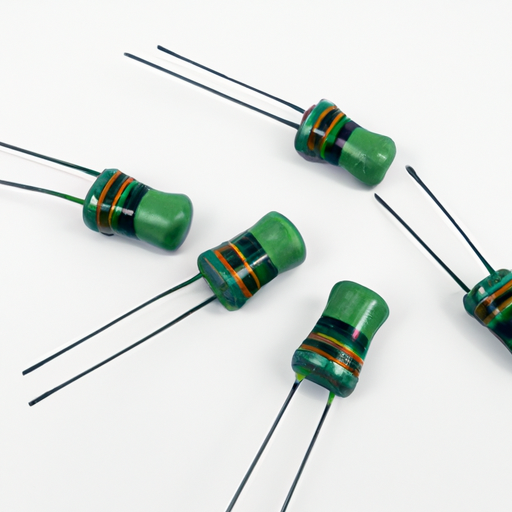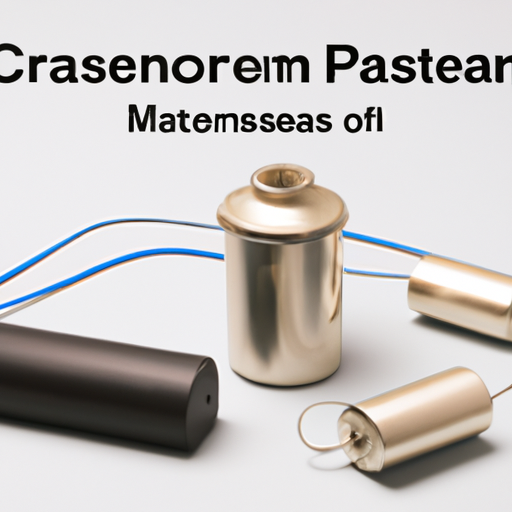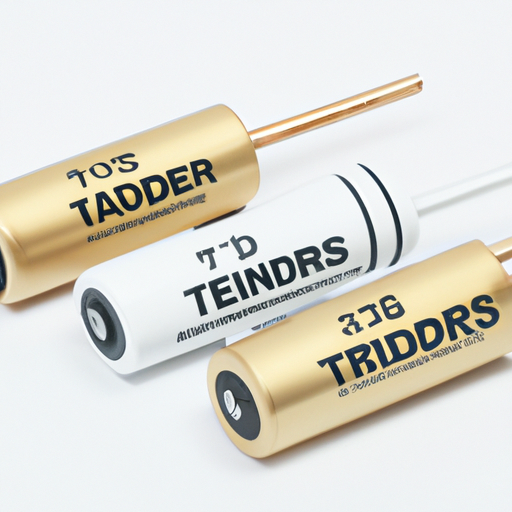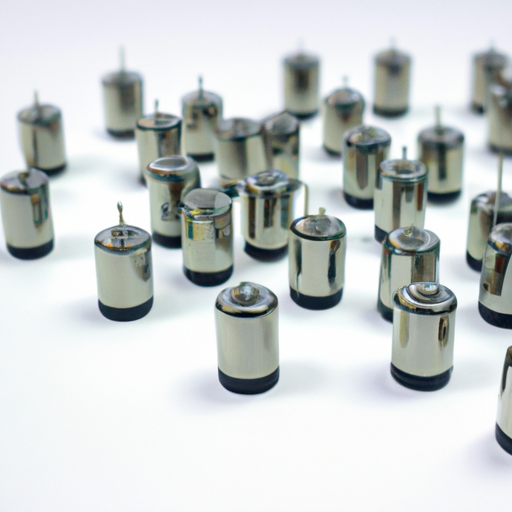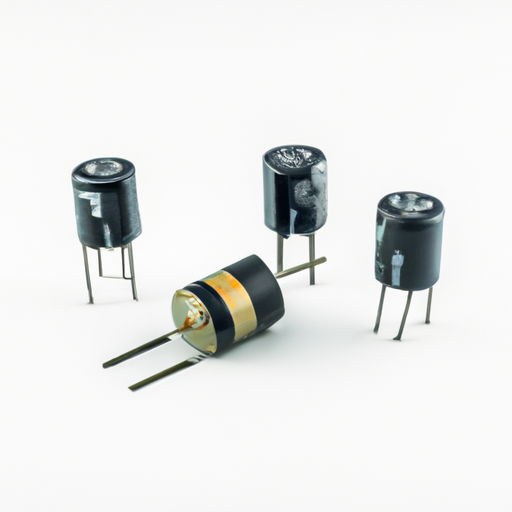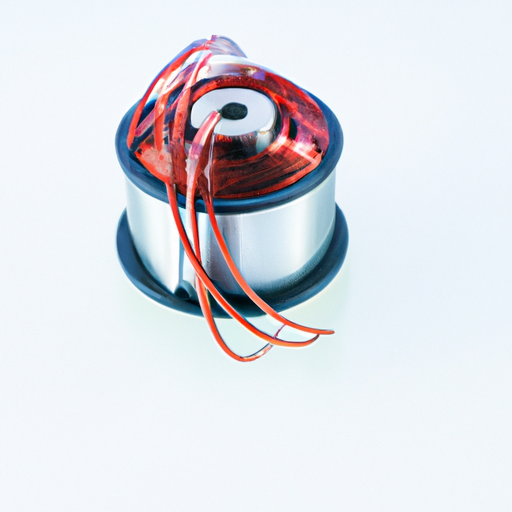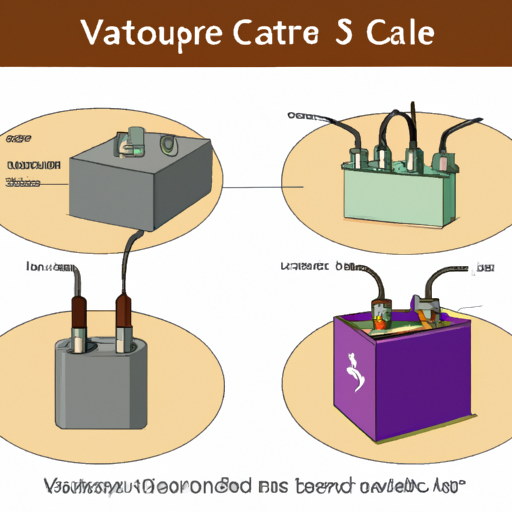What are the Product Characteristics of Capacitor Compensation?
I. Introduction
In the realm of electrical engineering, capacitor compensation plays a pivotal role in enhancing the efficiency and stability of electrical systems. Capacitor compensation refers to the use of capacitors to manage reactive power and improve the power factor in electrical networks. This process is crucial for optimizing energy consumption, reducing costs, and ensuring the longevity of electrical equipment. In this article, we will delve into the product characteristics of capacitor compensation, exploring its principles, types, key features, applications, benefits, challenges, and future trends.
II. Understanding Capacitor Compensation
A. Basic Principles of Capacitor Compensation
At its core, capacitor compensation is about managing reactive power, which is the power that oscillates between the source and the load in an AC system. Reactive power does not perform any useful work but is essential for maintaining voltage levels necessary for the operation of inductive loads, such as motors and transformers. The power factor, a measure of how effectively electrical power is being converted into useful work output, is influenced by the presence of reactive power. Capacitors are employed to counteract the effects of inductive loads, thereby improving the power factor.
B. Types of Capacitor Compensation
There are several types of capacitor compensation systems, each serving specific purposes:
1. **Shunt Capacitors**: These are connected in parallel with the load and are commonly used in power distribution systems to improve the power factor and reduce losses.
2. **Series Capacitors**: These are connected in series with the load and are primarily used in transmission lines to increase the transmission capacity and improve voltage stability.
3. **Synchronous Condensers**: These are rotating machines that can provide reactive power support and are often used in large industrial applications to enhance system stability.
III. Key Product Characteristics of Capacitor Compensation
A. Electrical Characteristics
1. **Capacitance Value**: The capacitance value is a critical parameter that determines the amount of reactive power a capacitor can provide. It is measured in farads (F) and must be selected based on the specific requirements of the electrical system.
2. **Voltage Rating**: Capacitors must be rated for the maximum voltage they will encounter in the system. This ensures safe operation and prevents breakdown.
3. **Power Factor Improvement**: The primary goal of capacitor compensation is to improve the power factor. A higher power factor indicates more efficient use of electrical power, leading to reduced energy costs.
4. **Harmonic Distortion Mitigation**: Capacitors can help reduce harmonic distortion in electrical systems, which can lead to overheating and equipment failure.
B. Physical Characteristics
1. **Size and Form Factor**: The physical dimensions of capacitors can vary significantly based on their type and application. Compact designs are often preferred for space-constrained environments.
2. **Material Composition**: The materials used in capacitor construction, such as polypropylene, polyester, or ceramic, influence their performance, reliability, and cost.
3. **Environmental Ratings**: Capacitors must be rated for various environmental conditions, including temperature and humidity, to ensure reliable operation in diverse settings.
C. Performance Characteristics
1. **Efficiency and Losses**: The efficiency of capacitor compensation systems is crucial for minimizing energy losses. High-quality capacitors exhibit low equivalent series resistance (ESR), leading to better performance.
2. **Response Time**: The speed at which a capacitor can respond to changes in load conditions is vital for maintaining system stability. Fast response times are particularly important in dynamic environments.
3. **Lifespan and Reliability**: The lifespan of capacitors is influenced by factors such as operating conditions and material quality. Reliable capacitors can significantly reduce maintenance costs and downtime.
D. Safety Features
1. **Overvoltage Protection**: Capacitors must be equipped with mechanisms to protect against overvoltage conditions, which can lead to catastrophic failures.
2. **Thermal Management**: Effective thermal management is essential to prevent overheating, which can degrade capacitor performance and lifespan.
3. **Short-Circuit Protection**: Capacitor compensation systems should include short-circuit protection to safeguard against unexpected faults in the electrical system.
IV. Applications of Capacitor Compensation
A. Industrial Applications
1. **Manufacturing Facilities**: Capacitor compensation is widely used in manufacturing plants to improve power factor and reduce energy costs associated with inductive loads.
2. **Motor Drives**: In applications involving motor drives, capacitors help maintain voltage levels and improve efficiency, leading to better overall performance.
B. Commercial Applications
1. **Office Buildings**: Capacitor compensation systems are employed in commercial buildings to enhance energy efficiency and reduce utility bills.
2. **Retail Spaces**: Retail environments benefit from improved power factor and reduced energy costs, making capacitor compensation a valuable investment.
C. Utility Applications
1. **Power Generation**: Utilities use capacitor compensation to manage reactive power and improve the efficiency of power generation.
2. **Transmission and Distribution Systems**: Capacitors are essential in transmission and distribution networks to maintain voltage levels and enhance system stability.
V. Benefits of Capacitor Compensation
A. Improved Power Factor
One of the most significant benefits of capacitor compensation is the improvement of the power factor, which leads to more efficient energy use and reduced demand charges from utility companies.
B. Reduced Energy Costs
By improving the power factor and reducing reactive power losses, capacitor compensation can lead to substantial savings on energy bills.
C. Enhanced System Stability
Capacitor compensation helps maintain voltage levels and system stability, reducing the risk of equipment failure and downtime.
D. Increased Equipment Lifespan
By minimizing voltage fluctuations and improving power quality, capacitor compensation can extend the lifespan of electrical equipment, leading to lower replacement costs.
VI. Challenges and Considerations
A. Selection Criteria for Capacitor Compensation Systems
Choosing the right capacitor compensation system requires careful consideration of factors such as load characteristics, system configuration, and environmental conditions.
B. Integration with Existing Systems
Integrating capacitor compensation into existing electrical systems can pose challenges, particularly in terms of compatibility and system design.
C. Maintenance and Monitoring Requirements
Regular maintenance and monitoring are essential to ensure the continued performance and reliability of capacitor compensation systems.
VII. Future Trends in Capacitor Compensation
A. Technological Advancements
Advancements in capacitor technology, such as the development of smart capacitors, are expected to enhance the performance and efficiency of capacitor compensation systems.
B. Smart Grid Integration
As the electrical grid becomes increasingly digitized, capacitor compensation systems will play a crucial role in managing reactive power and improving overall grid stability.
C. Environmental Considerations
With growing concerns about environmental sustainability, capacitor compensation systems will need to be designed with eco-friendly materials and energy-efficient technologies.
VIII. Conclusion
In conclusion, understanding the product characteristics of capacitor compensation is essential for optimizing electrical systems and enhancing energy efficiency. From electrical and physical characteristics to performance and safety features, each aspect plays a vital role in the effectiveness of capacitor compensation. As technology continues to evolve, the importance of capacitor compensation in modern electrical systems will only grow, making it a critical area of focus for engineers and facility managers alike. By investing in capacitor compensation, organizations can achieve significant cost savings, improved system stability, and increased equipment lifespan, ultimately contributing to a more sustainable and efficient energy future.

